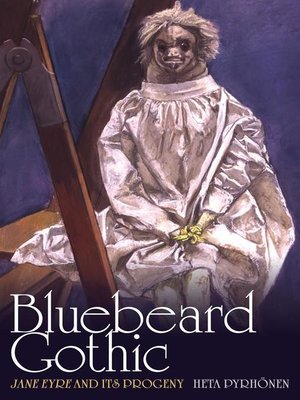
Sign up to save your library
With an OverDrive account, you can save your favorite libraries for at-a-glance information about availability. Find out more about OverDrive accounts.
Find this title in Libby, the library reading app by OverDrive.



Search for a digital library with this title
Title found at these libraries:
| Library Name | Distance |
|---|---|
| Loading... |
'Bluebeard,' the tale of a sadistic husband who murders his wives and locks away their bodies, has inspired hundreds of adaptations since it first appeared in 1697. In Bluebeard Gothic, Heta Pyrhönen argues that Charlotte Brontë's 1847 classic Jane Eyre can be seen as one such adaptation, and that although critics have been slow to realize the connection, authors rewriting Brontë's novel have either intuitively or intentionally seized on it.
Pyrhönen begins by establishing that the story of Jane Eyre is intermingled with the 'Bluebeard' tale, as young Jane moves between households, each dominated by its own Bluebeard figure. She then considers rewritings of Jane Eyre, such as Jean Rhys' Wide Sargasso Sea (1966) and Diane Setterfield's The Thirteenth Tale (2006), to examine how novelists have interpreted the status and meaning of 'Bluebeard' in Brontë's novel. Using psychoanalysis as the primary model of textual analysis, Bluebeard Gothic focuses on the conjunction of religion, sacrifice, and scapegoating to provide an original interpretation of a canonical and frequently-studied text.







